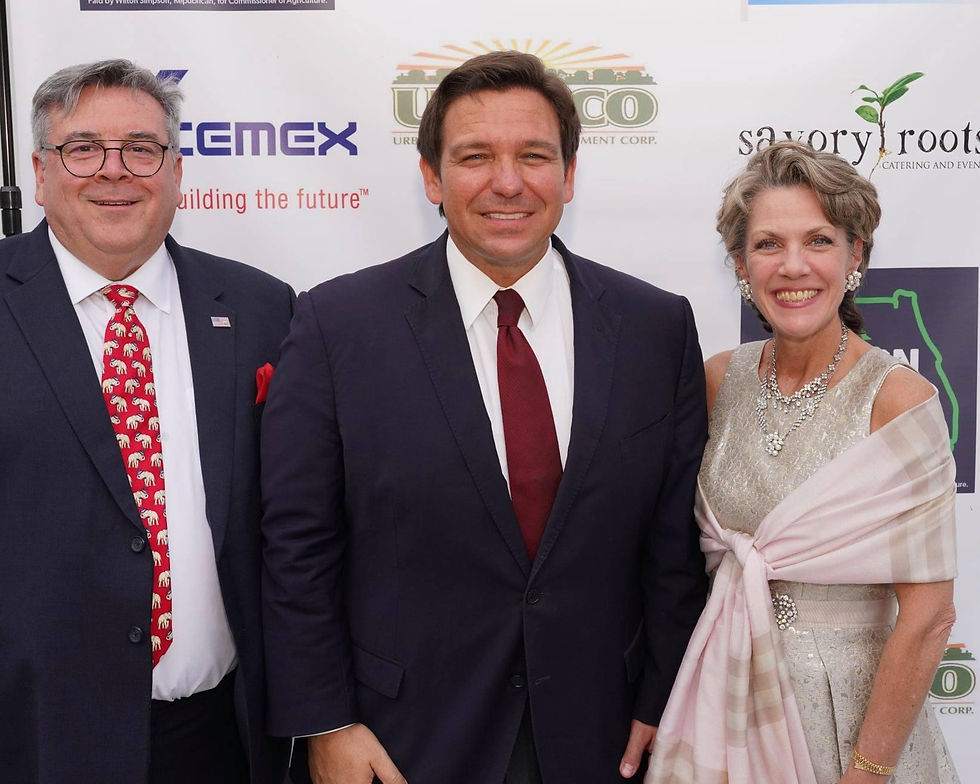Millionaires vs. Food Stamp Recipients – Choices, Mindset, and Financial Freedom
- The Chairman

- Sep 3
- 2 min read

Grade Level:
9–12 (High School)
Subject:
Financial Literacy / Economics
Class Length:
90 minutes (adaptable to 45 minutes)
Lesson Objectives
By the end of this lesson, students will be able to:
Compare and contrast the mindset of millionaires and food stamp recipients.
Analyze how choices influence financial outcomes.
Explain how freedom and opportunity differ between groups.
Understand the impact of compound interest and early investing.
Apply Sunshine State Standards to real-world personal finance scenarios.
Introduction (10 minutes)
Begin with the U.S. Debt Clock statistics:
Millionaires in the U.S.: 23,714,274
Food Stamp Recipients: 42,556,032
Ask students: “What do you think separates these groups? Education? Luck? Mindset? Choices?”
Frame the discussion: Financial literacy is about making informed choices that shape your future.
Discussion & Comparison (20 minutes)
Mindset
Millionaires: Growth-oriented, long-term planning, investing, delayed gratification.
Food Stamp Recipients: Often forced into survival mindset, short-term decision making, limited financial tools.
Freedom
Millionaires: Freedom to choose where to live, what to eat, and how to spend time.
Food Stamp Recipients: Restricted by government aid rules and financial limits.
Opportunities
Millionaires: Create jobs, invest in communities, provide generational wealth.
Food Stamp Recipients: Can still give back through time, effort, and community service; with financial literacy, can change trajectory.
Choices
Personal choices often determine which group one joins. Education, saving, investing, and avoiding debt all influence outcomes.
Financial Literacy Focus: Compound Interest (20 minutes)
Concept
Compound interest allows your money to grow exponentially if invested early.
Formula:
A = Final Amount
P = Principal
r = Interest Rate
n = Number of compounding periods per year
t = Time in years
Example
Student invests $1,000 at age 18, 8% interest, compounded annually.
At 65 → grows to $31,920.
If student waits until 30 to invest → only grows to $10,935.
Lesson: Start early!
Class Activity (20 minutes)
Divide students into two groups:
Group A: Millionaires – plan how to grow wealth through savings, investments, and business.
Group B: Food Stamp Recipients – plan how to budget, save small amounts, and break free from poverty cycle.
Each group presents how choices influence their financial future.
Discuss: “Which mindset will help you achieve financial freedom?”
Reflection (10 minutes)
Students write a short paragraph answering:
“How do my personal choices today impact whether I will have financial freedom in the future?”
Florida Sunshine State Standards Alignment
SS.912.FL.1.1 – Explain how personal financial decisions are influenced by incentives, institutions, and individual choice.
SS.912.FL.1.2 – Analyze the relationship between career choices, income, and financial planning.
SS.912.FL.3.2 – Explain how individuals incur costs and realize benefits when consuming, saving, and investing.
SS.912.E.1.2 – Describe how economic choices made by individuals, businesses, and governments have both present and future consequences.
Closing Message for Students
“Your financial future depends on the choices you make today. Learn to save, invest early, and adopt the mindset of growth and opportunity. Don’t just survive—build a future where you thrive.”



































Comments